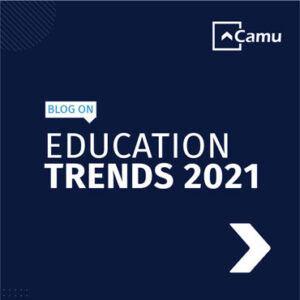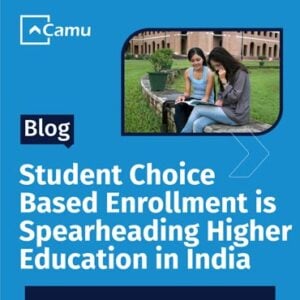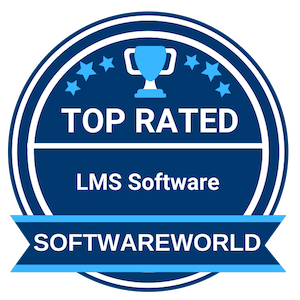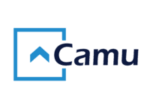
NEP 2020: Important Role of EdTech in Empowering HigherEd Outreach
The 21st-century world is best described as a global village, where countries and communities are no longer bound by physical borders, but are, in fact, interconnected parts of a larger community.
The way we connect with people has drastically changed, which has led to a free flow of knowledge, ideas, and perspectives.
For higher education, this means an opportunity to build a universal model, a framework that emphasises the interconnectedness of the world and fosters students’ understanding of global issues, disciplines, and their role as global citizens.
This comes at a time when the National Educational Policy (NEP 2020) is driving institutions to adopt a multidisciplinary approach to learning.
EdTech is the catalyst for the implementation and commercialisation of globalised teaching and learning.
And as it continues to adapt and get smarter, it will contribute to the global outreach of higher education.
Creating opportunities for remote learning
Campus Management Solution (CMS) and Enterprise Resource Planning (ERP) providers such as Camu enable institutions to offer high-quality remote learning courses and programs. With the help of a Virtual Classroom that leverages visual and audio formats, educators can deliver engaging and interactive content to students no matter where they are. A fully online mode of teaching ensures that students from across the country and world can access education in real-time, which leads to improved collaboration and cross-cultural cohesion.
Connecting students from different countries
With Open and Distance Learning (ODL) programs, students can interact and connect with a broader demographic of learners. Classrooms have become culturally diverse, with people hailing from different backgrounds and cultures – international students, non-urban students, corporate students, and part-time students. This provides students with opportunities to envision themselves as integral members of a vast global community and helps them to recognize and understand their position within the world.
Building a bridge between teachers and learners
EdTech is the medium through which students can tap into global teacher networks, allowing them to engage with the most experienced and knowledgeable professors and industry experts. They can enroll in international degrees, sign up for supplementary courses, apply for virtual exchange programs, attend webinars, and much more. No longer are students confined to a traditional teacher-student dynamic, now they can seek guidance from those that are most suited to give it to them.
Developing multidisciplinary curriculums
The multidisciplinary approach is a method of integrating the curriculum that emphasizes the varied perspectives revealed by various disciplines to illustrate a topic or an issue. By deploying EdTech resources, institutes can create a more flexible learning environment that enables the integration of multiple theories. In this manner, students are given a choice to pick subjects that can provide a more well-rounded and holistic understanding of the matter, thereby adding value to their academic journeys.
Supporting collaborative projects
EdTech enables better collaboration and teamwork, connecting students from across the world over group assignments and projects. By having a synergized and connected network, it becomes easier to share ideas and work together to develop innovative solutions. With instant access to information, simplified and streamlined sharing, and live chat features, students can connect learning goals with strategic plans.
Providing access to global resources
From research papers and academic journals to teaching resources and lesson plans, EdTech unlocks a wealth of knowledge. AI-based programs like ChatGPT help teachers gather information, summarise findings, and present them as reports. Everything from facts, concepts, principles, theories, and even heuristics can be used to enhance learning outcomes.
Technology can be leveraged for a number of reasons, including the promotion of global learning, the creation of cultural understanding, the building of relationships, the sharing of knowledge, and so on.
For HEIs, investing in the right kind of technology is of utmost importance because it allows them to create a powerful global footprint by expanding their educational offerings and attracting international students.
Moreover, it will allow them to empower students to gain a deeper perspective of their roles in society, along with what they must do to stand out from the global competition







